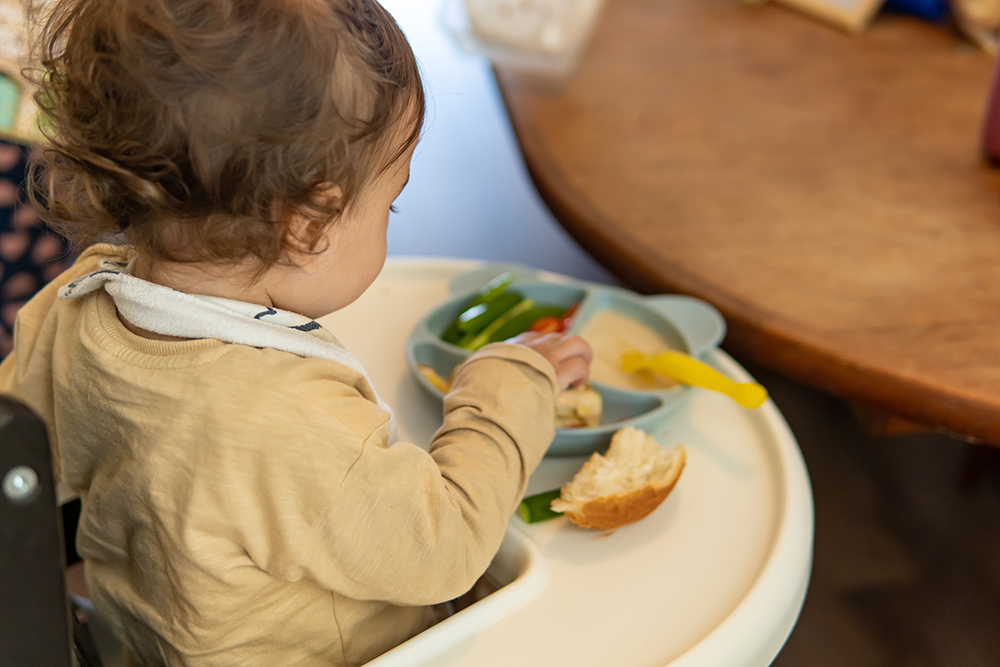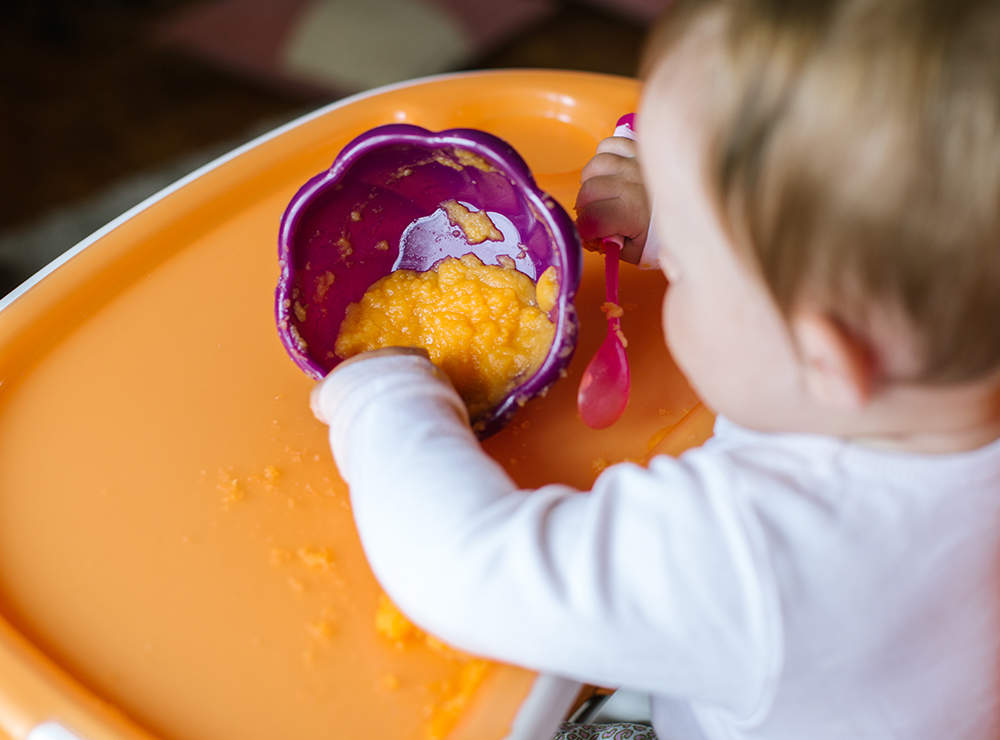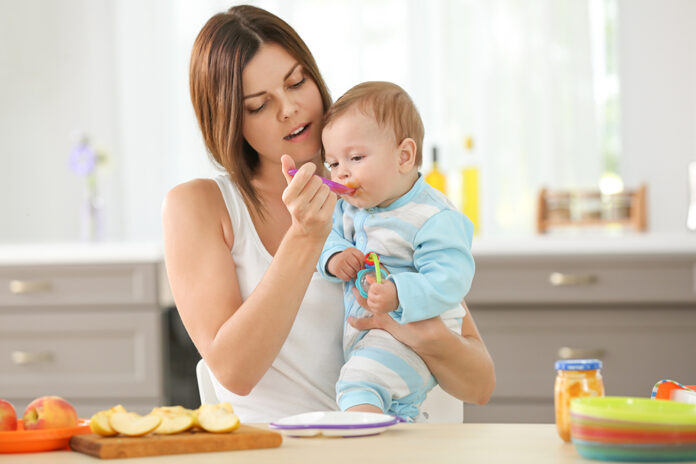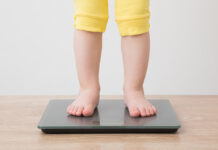This post is also available in: English
Baby-led Weaning (BLW) is a method of introducing solid foods to infants when they are 6 months old. In this method, parents place the food that the whole family is eating on a plate or bowl in front of the baby. Babies then put the food into their mouths by themselves.
What are the ways to wean babies to solids?
- Traditional weaning – The first foods are offered as purees which are spoon-fed by the parent.
- Baby-led weaning – The first foods are the same foods that the family is eating, and babies are allowed to feed themselves.
- Combination weaning – Some meals are spoon-fed purees and some meals are finger foods.
Is baby-led weaning better than traditional weaning?
Traditional weaning is less stressful for the parent initially, because the parent can ensure that the baby receives the right nutrients in the right quantities. The risk of choking is low and there is less mess. Baby-led weaning requires parents to be more vigilant initially, but babies quickly master many skills. Feeding themselves develops the pincer grip (the ability to hold objects between the thumb and forefinger) and hand-to-eye coordination. Chewing develops mouth muscles which help in speech. And eating foods with various tastes and textures creates an enthusiasm for exploration and learning.
How to start baby led weaning?

Begin baby-led weaning only after your baby is 6 months old, can sit up and bring things to their mouth.
2. Seat your baby in your lap as you eat or on a highchair or booster chair at your table. A highchair or a booster chair is a great investment at this point.
3. Let your baby reach out and grab food from your plate or place a plate with a few items from the family meal in front of them as they sit on their highchair.
The dos and don’ts of Baby led weaning.
Follow these 5 Don’ts:
1. Don’t stop your baby when the meal gets messy.
2. Don’t give foods that can pose choking hazards like cucumbers and tomatoes.
3. Don’t add salt, sugar, or honey to your baby’s meals before the first birthday.
4. Don’t offer foods like egg and foods with gluten like roti in the first few months.
5. Don’t offer packaged and processed foods.
Follow these 5 Dos:
1. Start with rice and dal. First offer them separately and then mixed.
2. Do introduce finger foods when your baby is 8 to 9 months old.
3. Do keep an eye on your baby constantly as they eat to keep them safe from choking and food allergies.
4. Do add more and more soft, cooked items like vegetables as your baby learns how to chew.
5. Do ensure that your baby’s hands are washed, and nails clipped.
What to do about the challenges of baby-led weaning?

The biggest challenge of baby-led weaning is that your baby may not eat enough. Do not worry about this. Babies get most of their nutrition from breastmilk in the first year.
If you are worried about choking or allergies, consult with your doctor.
If you find the mess challenging, remember that messes are temporary and can be cleaned up.
Do not allow fear to become an obstacle to your baby’s growth and development of skills.
Enjoy weaning and enjoy parenting!
By
Dr. Debmita Dutta MBBS, MD

Dr. Debmita Dutta MBBS, MD is a doctor, a parenting consultant, and the founder of WPA whatparentsask.com She conducts online and offline workshops on parenting for schools and corporate organisations. She also conducts online and offline prenatal and infant care classes. She is a well-known thought-leader in parenting and an expert on play, learning and eating habits. She is the author of 7 books on parenting published by Juggernaut Books and her books are among their most read books. She is frequently quoted in national and international publications of repute for her empathetic and compassionate approach and her application of physiology and neuroscience to parenting.
This post is also available in: English










